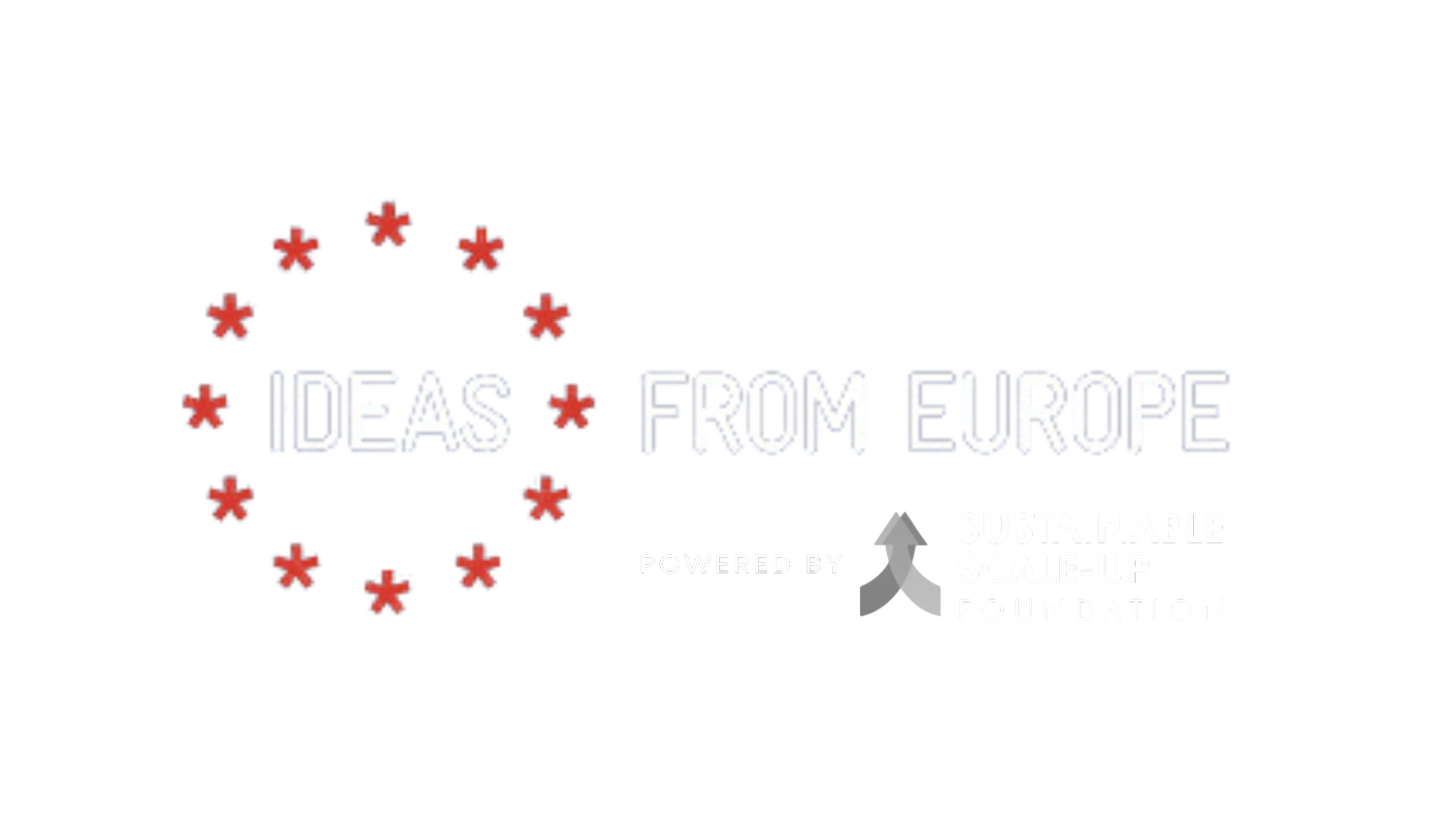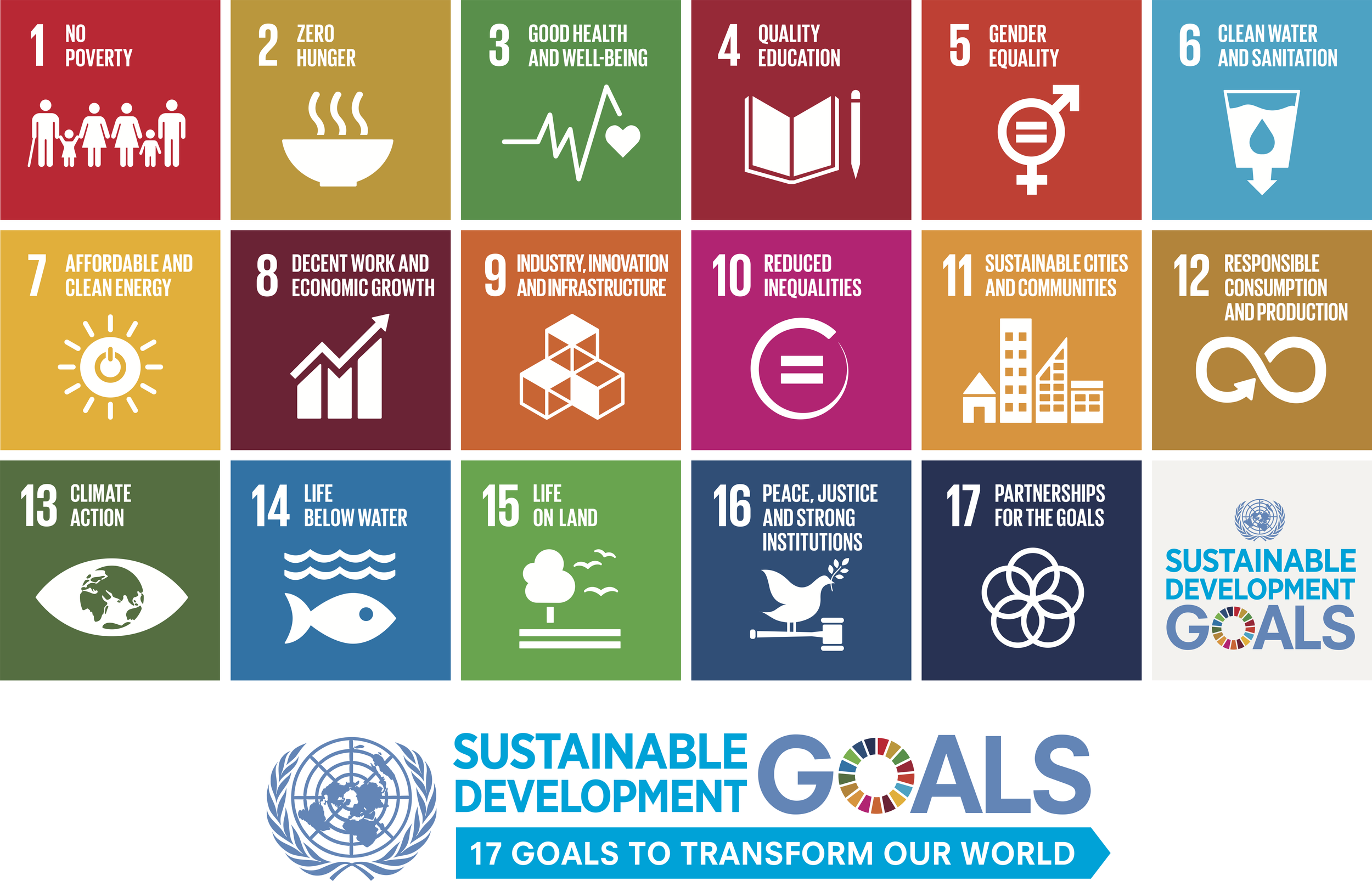What is impact entrepreneurship and why is it important?
With today’s global challenges, the world needs businesses and entrepreneurs to think about more than making a profit. As we face issues as big and important as climate change, poverty and social inequality, we need more companies to be driven by a passion to make a positive impact on the world. This is what social entrepreneurship is all about: using business principles to tackle social and environmental problems. But what does this entail? How does it relate to SDGs? And how can you scale up your business as an impact entrepreneur? Join us as we explore the answers to these questions and more.
What is social entrepreneurship?
The terms social and impact entrepreneurship are often used interchangeably to refer to a novel approach to conducting business. Social and impact entrepreneurs aspire to have a positive impact on society and the environment, rather than solely pursuing financial profit. These impact enterprises often address urgent social and environmental issues, such as poverty, climate change, access to education, and healthcare.
Social and sustainable entrepreneurship are often lumped together, and sometimes do go hand in hand. The difference lies in the purpose of the organisation, explains Dr. Paramo Ortiz, a social entrepreneurship lecturer at Maastricht University: “As with most businesses, the goal of a sustainable company is to make a profit. It’s just that they do this by providing products or services that don’t harm the environment and communities, or by reusing materials for their products or services. The business model of social enterprises is different—to them, making a profit is not an end in itself, but a means to create social impact.”
The primary goal of social entrepreneurship is to instigate lasting, significant change that benefits not only a privileged few but for everyone, while also maintaining financial sustainability of the business.
The concept of social entrepreneurship stretches back centuries: in the 19th and early 20th centuries, individuals engaged in social entrepreneurship were commonly labelled as philanthropists or social reformers. However, it wasn't until the latter part of the 20th century that the term "social entrepreneurship" started to become widely recognised. Factors like the surge of globalisation, advancements in technology, and increased awareness of social and environmental concerns have all contributed to the expansion of this movement.
How does social entrepreneurship and impact innovation relate to SDGs?
The Sustainable Development Goals (SDGs) came into existence at the United Nations Conference on Sustainable Development in Rio de Janeiro in 2012. The goal was to create a set of worldwide objectives to tackle the pressing environmental, political, and economic issues our world is facing.
In 2015, every United Nations member country embraced the 2030 Agenda for Sustainable Development, outlining 17 Goals with 169 targets. These comprehensive and ambitious Goals are interconnected, meaning that achieving progress in one of them contributes to advancements in other Goals. In addition, all of them have indicators by which progress can be measured.
As social entrepreneurs and impact innovators leverage the power of business with a social and environmental purpose, they craft solutions to some of the most urgent problems – more often than not, contributing to the Sustainable Development Goals. For instance, an enterprise that has fighting poverty as a goal contributes towards SDG 1 (No Poverty). Do you have an impact-driven enterprise? Find out what SDG you are contributing to.
Examples of social entrepreneurship and impactful innovation
Social entrepreneurship and impactful innovation bring about change. Examining notable examples can provide valuable insights into the diverse ways in which businesses can contribute to meaningful social impact. From companies prioritising fair trade and ethical sourcing, to those leveraging technology for community empowerment, the spectrum of social and impact enterprises demonstrates the limitless potential for businesses to become catalysts for positive change.
Some famous brands are compelling examples of social enterprises, such as the remarkable Ben & Jerry’s. The company prioritises values-led sourcing, supporting positive change in its supply chain, particularly with a focus on supplier diversity and intentional investment in Black-owned and Black-led businesses. Through partnerships with social enterprises like Greyston Bakery and Rhino Foods, Ben & Jerry's demonstrates how businesses with a social mission can make a substantial impact. The company also prioritises fair treatment of farmers and farmworkers, collaborating with organisations such as Fairtrade International. Ben & Jerry's commitment extends to regenerative agriculture, animal welfare, and reducing its environmental footprint, including responsible packaging. As a certified B Corp, the company consistently meets high social, economic, and environmental standards, making it a leader not only in ice cream but also in driving positive change in the world through its business practices.
Featured Image: Ben & Jerry’s, Our Values, Activism and Mission
Tony's Chocolonely is also a great example of a social enterprise that aligns its impact strategy with commercial success. The company's three-pillar roadmap, centred on creating awareness, leading by example, and inspiring action, showcases a commitment to addressing issues in the cocoa industry. Noteworthy initiatives include the Child Labour Monitoring and Remediation System, contributing to increased awareness and positive change. Tony's dedication to 100% traceable cocoa beans reflects a broader commitment to transparency and ethical sourcing. The company's impressive market growth in the Netherlands, attaining a 19.03% market share, underscores the viability of a business model that prioritises social impact. In essence, Tony's Chocolonely serves as a compelling illustration of how businesses can thrive by integrating social responsibility into their core strategies.
Featured image: Tony’s Chocolonely’s, The notorious SDGs
As an example from the tourism industry, Rutopia exemplifies a remarkable social enterprise model. Through its digital platform, Rutopia connects travellers with local hosts from indigenous communities in Mexico, offering unique and off-the-beaten-path experiences. The platform ensures that communities own the land involved in touristic projects, emphasising community-based tourism for direct economic benefits and enticing them to take care of the land they live in through ecotourism. Charging a markup to sustain its model, Rutopia transparently communicates its pricing structure, supporting local communities. This dual focus on environmental and social impact distinguishes Rutopia as a compelling example of a social enterprise driving positive change in the tourism industry.
Featured image: Rutopia’s 2019 impact model
Benefits of social entrepreneurship: how corporate social responsibility can transform businesses
Apart from the positive impact it has on the world, impact entrepreneurship also has its benefits for the business itself. Here are some of these benefits:
Strengthened Customer and Client Relationships: Businesses are increasingly held accountable for their social and environmental impact, and customers prefer brands actively contributing to positive change. This extends to B2B relationships where shared values around social and environmental goals are becoming more significant.
Increased Employee Motivation and Retention: Current and potential employees actively seek out companies that align with their values as social enterprises. Employees not only appreciate shared social and environmental values but also want to actively contribute to community activities and fundraising.
Boosted Creativity: Fostering a social enterprise ethos encourages employees to express their values and passion, leading to the development of innovative approaches to their work. This empowerment enables employees to contribute meaningfully to larger objectives.
Enhanced Productivity: A motivated and creative workforce translates to increased productivity, ultimately improving business profits. This synergy creates a positive cycle, benefiting both business outcomes and social and environmental goals.
Elevated Brand Awareness and Reputation: Social enterprises gain exposure and acclaim for their social goals in the digital age. Customers, employees, and stakeholders feel connected to companies making a positive impact, sharing their experiences through social channels. Simultaneously, sharing your story on social media can help build awareness and enhance your reputation.
How to start or scale up an impact enterprise
Identifying the Challenge
Impact entrepreneurship starts with identifying a social issue that resonates with the innovator's passion. In addition to thorough research, inspirational industry events and platforms, and insights from existing networks, government-defined official priorities can provide valuable guidance. For a comprehensive guide, the SDGs framework becomes a compass, analysing concrete targets and indicators the global community has pledged to achieve by 2030.
Crafting Innovative Solutions
The second step involves crafting innovative solutions that address the root causes rather than the symptoms of societal problems, moving beyond conventional product development. There is no single one-size-fits-all solution. Recently one of the most rising trends is the application of technology and the development of tech-driven innovations. For example, The United Nations Development Programme (UNDP) has compiled a database of over 18,000 tech solutions being implemented to achieve the SDGs.
To navigate the development process, entrepreneurs can consider using frameworks like technology readiness levels, which assess the maturity of technology for adoption by others. Another less popular framework is assessing societal readiness levels to identify the degree of societal adaptation. While less widely used by impact innovators, it is a valuable tool for assessing whether additional measures are required to ensure the innovation's true impact and adoption by society.
Engaging Stakeholders Early
An insider tip from one of our founders: start to engage potential clients before finalising the business plan and seeking funding. This way, you can integrate their feedback and optimise your plan before other stakeholders get involved. Making changes at this stage is significantly easier than later on. And best of all, you can leverage the clients' enthusiasm to demonstrate the idea's promise to potential investors.
Developing a Business Plan
While the heart of impact entrepreneurship lies in contributing to the SDGs, sustainability should also be at the core of its business processes. Develop a sustainable business plan that will allow your enterprise to grow. Once you've refined your idea based on feedback from potential clients, it's time to document it. Clearly articulate the problem you're addressing, your proposed solution, and the rationale behind your approach. Integrate quotes from potential clients if possible.
Spreading the Idea
With an optimised plan and a sustainable model, it's time to spread the word. Convince people to support and finance your venture. Seek funding through open innovation platforms, state funding, impact investors, and crowdsourcing opportunities. In partnership with the open innovation platform InoCrowd, Ideas from Europe is on the lookout for entrepreneurs who could develop and deliver innovative solutions for companies. Building the right team is equally crucial, encompassing dedicated professionals driven by your mission and a pool of experts in your network.
Measuring Impact and Scaling Up
Developing and scaling up an innovative enterprise requires impact measurement to evaluate the effects of your activities. Outline your starting point, current situation, i.e. point A, and achievement ambitions, i.e. point B. Develop a strategy to bridge the gap between points A and B. Continue expanding your network, building partnerships, and leveraging state-of-the-art technologies.
Maintaining and Improving Visibility
As you progress, focus on expanding your outreach and maintaining connectivity. Communicate about the problems you're addressing and disseminate project results. Leverage digital channels and in-person meetings to develop your network. Ideas from Europe also boosts visibility of entrepreneurs with innovative ideas thanks to its social media channels, podcast and directory of partners. Impact entrepreneurship is a journey, and success lies in the continuous pursuit of innovation and collaboration.
Got an innovative idea? Let’s team up!
Looking for a partner to help in scaling up your innovative idea? We help impact entrepreneurs find the right people and resources to tackle global challenges together. Contact us.





